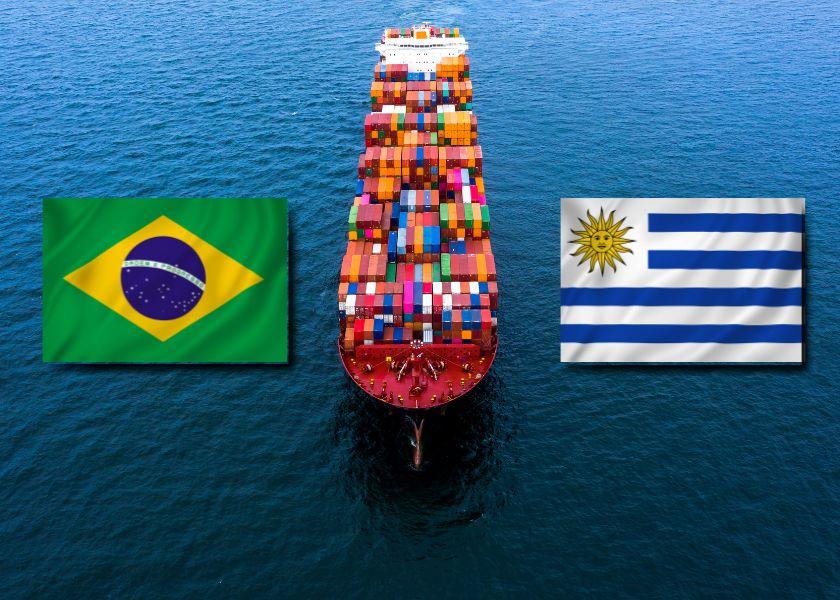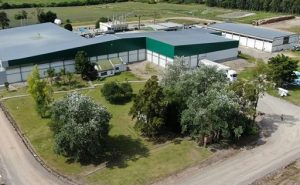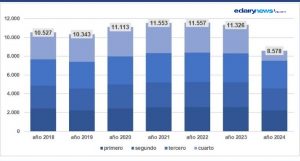
Uruguay, a country about the size of Virginia and West Virginia combined, is one of South America’s dairy powerhouses. The country’s dairy industry produces more dairy products than its nearly 3.5 million people consume. While demand from neighboring Brazil is often strong enough to absorb much of Uruguay’s surplus, that’s not true today, which will add to the world surplus, according to Monica Ganley, analyst with the Daily Dairy Report and principal of Quarterra, an agricultural consulting firm in Buenos Aries.
“For the first half of the year, plentiful milk in Uruguay wouldn’t have been a problem because the country enjoyed exceptionally strong demand for its dairy products from neighboring Brazil,” Ganley said. “But as Brazilian milk production has begun to recover and demand has declined, Uruguay has been scrambling to identify alternative markets for its products.”
Brazil, Argentina, Paraguay, and Uruguay are all part of the Mercosur trading bloc, and as such Uruguay receives preferential tariff treatment from Brazil. Ganley notes that earlier this year, in part because of this advantage, Uruguay’s dairy producers enjoyed dairy commodity prices, especially milk powder prices, that exceeded those in the international market, but that also appears to be ending.
“In response to stubbornly low international prices and waning regional import demand, Uruguay’s dairy processors have announced aggressive milk price cuts in coming months,” Ganley said. “The country’s largest dairy processor and exporter has slashed the price it pays for dairy solids and reduced winter bonuses.”
This processor dropped the August pay price to 36¢ (U.S.) per liter, the equivalent of $15.85/cwt., which is a 21.7% decline from July’s near-record 46¢ per liter. Other processors have also announced price cuts, some even more drastic.
“By dropping milk prices to within a few cents of the cost of production, Uruguayan processors are likely trying to right size supplies before spring fully sets in and they are awash in milk,” she said. “Uruguayan milk production has struggled over the past couple years, but then it turned decisively positive in recent months.”
Milk production in the country was up 6.4% year over year in July, leading to some of largest volumes ever for the month, according to INALE. Uruguay’s recent robust milk prices and healthy margins have played a key role in encouraging production, but that will ease as declining milk prices cut into margins, she said.
As Brazil imports fewer milk products from Uruguay in coming months, the country’s surplus will find its way to other markets and weigh on international markets.





















